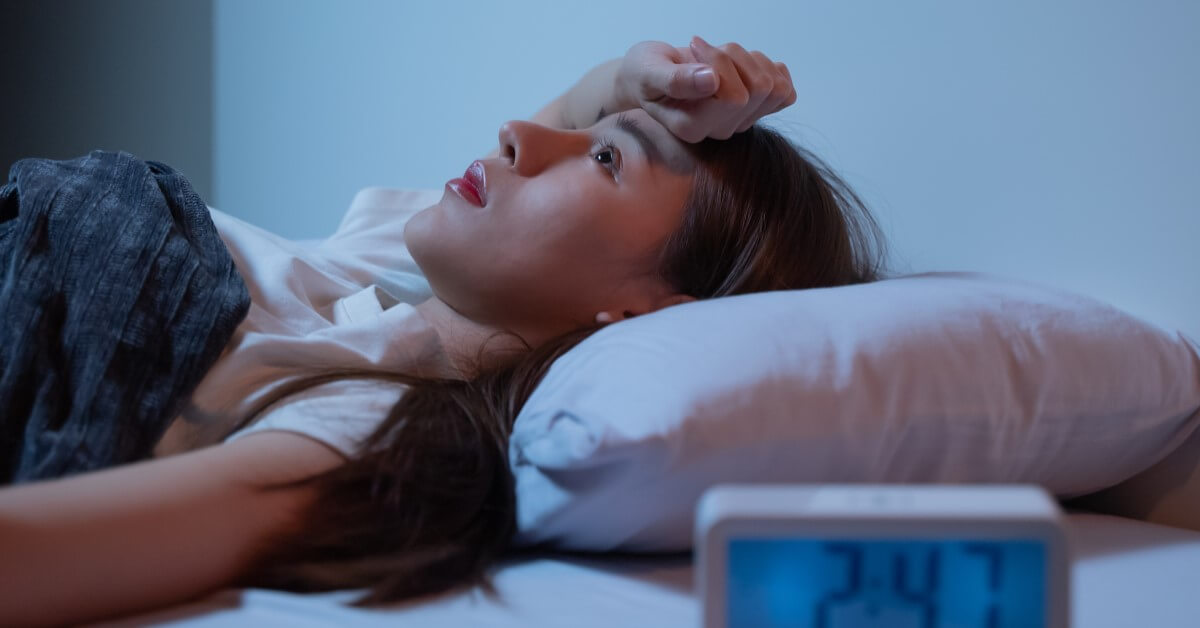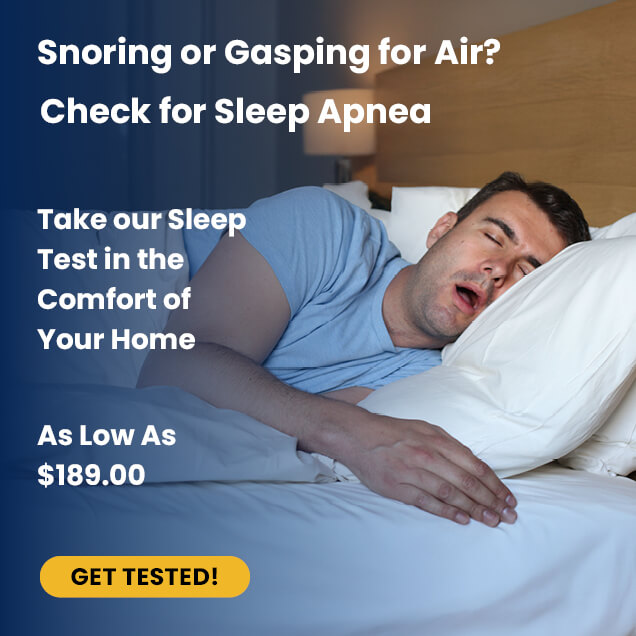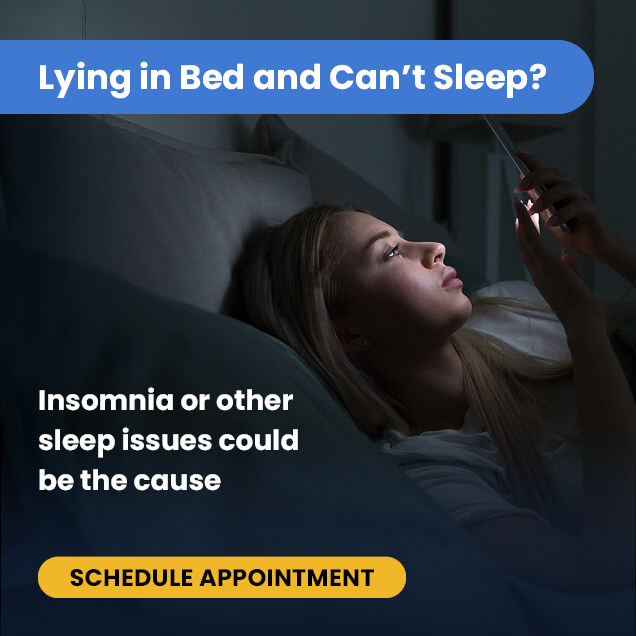Acute Insomnia | Chronic Insomnia | Sleep Onset Insomnia | Maintenance Insomnia | Early Morning Insomnia | Mixed Insomnia | Comorbid Insomnia | Behavioral Insomnia | Idiopathic Insomnia | Paradoxical Insomnia
What Are The Different Types Of Insomnia?
An estimated third of the world’s population has trouble sleeping.[1] Globally, insomnia is the most common of all sleep complaints.[2]
The American Academy of Sleep Medicine (AASM) defines insomnia as trouble falling or staying asleep and daytime limitations caused by sleep problems. [3]
While insomniacs may have trouble getting adequate sleep, the disorder can manifest in different ways and affect people differently.
This article will highlight the different types of insomnia and their features.
Types Of Insomnia
Insomnia can be described in many ways depending on its duration, timing, and other features. Typically, insomnia can be grouped as either acute or chronic, depending on its duration.
1) Acute Insomnia
It’s otherwise known as short-term or adjustment insomnia and is characterized by a temporary spell of sleeping troubles.
Typically, it’s triggered by a stressful or troubling event such as work stress or emotional problems. It can affect both adults and kids. However, women are predisposed to adjustment insomnia compared to men.[4]
The symptoms of short-term insomnia will usually resolve in less than three months, especially when individuals with this condition adjust to the stressful event that triggered the sleep troubles. However, it can sometimes progress into a longer-lasting sleep problem.
2) Chronic Insomnia
Chronic insomnia occurs when a person has sleeping problems and related daytime symptoms, such as exhaustion and trouble focusing, for more than three months within a year.[5]
The symptoms are usually severe enough to interfere with one’s work or academic performance and can also impair one’s social life.
People with chronic insomnia are frequently distressed by their inability to sleep and the daytime impairment resulting from the condition. Chronic insomnia, like short-term insomnia, affects persons of all ages and is more common in women.
3) Sleep Onset Insomnia
Sleep onset insomnia is the inability or difficulty initiating sleep.[6] People with this form of insomnia may have a lag in the onset of sleep that is greater than thirty minutes. Typically, it reduces total sleep duration and can subsequently impair one’s daytime functioning.[6]
Also, people with this condition may complain of tossing, turning, and attempting to sleep. Causes of sleep-onset insomnia include:
- Physiological Insomnia: It’s insomnia that results from increased mental and physical arousal. The pattern of insomnia that results is usually that of sleep-onset insomnia.
- Anxiety: Anxiety can cause a state of arousal that can lead to insomnia.
- Obstructive sleep apnea: Obstructive sleep apnea interferes with breathing and can make it difficult to initiate sleep.
- Harmful sleep habits: Harmful sleep habits include using caffeine close to your bedtime or improper sleep schedule.
- Hormonal Imbalance: An imbalance in the level of hormones has been associated with sleep problems. Also, physiological hormonal changes like menopause can cause women trouble initiating sleep.
- Restless Legs Syndrome
- Periodic limb movement in sleep
- Chronic heart failure
4) Maintenance Insomnia
It’s also known as middle insomnia and is characterized by the inability to remain asleep.
People who have this condition have difficulty staying asleep.[7] Anyone with this condition will likely wake once or more during the night. They may also have trouble going back to sleep after waking up.
Maintenance insomnia is associated with fragmented sleep, which leads to a decline in both the quantity and quality of sleep.[7]
These sleep disruptions, in turn, increase the likelihood of experiencing daytime tiredness. Causes of sleep maintenance insomnia include:
- Medical Conditions: Respiratory illnesses like asthma and chronic obstructive pulmonary disease (COPD) have difficulty maintaining sleep. Other medical conditions like Parkinson’s disease and gastroesophageal reflux disease (GERD) can also disrupt one’s sleep.
- Psychological or Mental Health Causes: Mental health problems like depression, PTSD (post-traumatic stress disorder), and schizophrenia can harm one’s sleep.
- Unhealthy Sleep Habits
- Improper Sleep Environment: Sleeping in a noisy or brightly lit room can hamper your sleep. An inappropriate sleep environment increases arousal and makes it easy for you to wake up.
- Sleep Rhythm Disorders: Circadian rhythm problems like advanced sleep phase disorder can make it problematic to stay asleep.
- Other Sleep Disorders: Some sleep disorders can cause or co-exist with insomnia. They include obstructive sleep apnea and night terrors.
5) Early Morning Insomnia
Early morning insomnia, also known as terminal insomnia, occurs when a person wakes up earlier than desired or planned in the morning. Anyone with this condition typically wakes up around 3 am to 5 am and finds it difficult to go back to sleep.[8] Causes of early morning insomnia include:
- Mental Health problems: Anxiety and depression have been associated with early morning insomnia.
- Aging: Typically, the duration of sleep decreases as one ages. Seniors are more likely to get up from bed earlier than younger people.
- Obstructive sleep apnea
- Sleep rhythm disorders
6) Mixed Insomnia
Mixed insomnia describes a condition that does not fit into categories like early-onset, middle and terminal insomnia. Insomniacs frequently report that their symptoms change over time, making it difficult to categorize their condition.[9]
These patterns occur because it’s pretty standard for people to struggle simultaneously with more than one type of sleeping problem.
Advancement in medical science and research has led to a better understanding of insomnia.
Comorbid insomnia describes insomnia that arises from medical or physical conditions like pain, asthma, and depression.[10]
It indicates that insomnia frequently has a bidirectional relationship with medical conditions initially thought to cause insomnia. It means that insomnia could lead to the development of some medical conditions like depression, and depression could also predispose one to insomnia.[11]
It’s a peculiar type of insomnia that affects children with irregular or inconsistent bedtime.
Typically, the age range of children affected by this sleep problem is between one and five years old.[12]
Sleeping with a bed partner can make a child more likely to develop this condition.
If permitted to persist, symptoms can be long-lasting and profoundly affect sleep patterns.
Usually, children between the ages of three and five require approximately twelve hours of sleep daily. However, kids with behavioral insomnia may get significantly less sleep.
9) Idiopathic Insomnia
Idiopathic insomnia is a form of sleeplessness that does not appear to have a clear explanation, such as a medical or psychological disease.
However, recent studies suggest that the condition likely develops due to excessive brain stimulation.[13]
Sleep experts think stress can consistently stimulate specific emotional centers in the brain, such as the amygdala.
Studies have shown that people with overactive central nervous systems have sleep problems.[13]
10) Paradoxical Insomnia
It’s a sleep disorder that makes people feel as if they’ve been awake all night, even when they slept all night.
People with this condition frequently underestimate the quantity of sleep they obtain each night.[14] It’s also known as sleep state misperception. Its exact cause is unknown; however, it has been associated with hyperarousal states, like anxiety.[15]
People with this disorder typically have normal sleep study findings, unlike those with sleeplessness.
Conclusion
Insomnia is a widespread, multifaceted, treatable sleep disorder with many that can affect people differently.
If you are having trouble with your sleep, you should schedule an appointment with your sleep doctor as soon as possible.
References:
- Momin, R.R, Ketvertis, K. (2021, July 25). Short term insomnia. In StatPearls. StatPearls Publishing. https://www.ncbi.nlm.nih.gov/books/NBK554516/
- Mai, Evelyn, and Daniel J Buysse. “Insomnia: Prevalence, Impact, Pathogenesis, Differential Diagnosis, and Evaluation.” Sleep Medicine Clinics, U.S. National Library of Medicine, 2008, https://www.ncbi.nlm.nih.gov/pmc/articles/PMC2504337/.
- New Guideline – American Academy of Sleep Medicine (AASM). https://aasm.org/resources/clinicalguidelines/040515.pdf.
- Zhang, B., & Wing, Y. K. (2006). Sex differences in insomnia: a meta-analysis. Sleep, 29(1), 85–93. https://doi.org/10.1093/sleep/29.1.85
- Saddichha, Sahoo. “Diagnosis and Treatment of Chronic Insomnia.” Annals of Indian Academy of Neurology, Medknow Publications, Apr. 2010, https://www.ncbi.nlm.nih.gov/pmc/articles/PMC2924526/.
- “Apa PsycNet.” American Psychological Association, American Psychological Association, https://psycnet.apa.org/record/1983-01364-001.
- “Sleep Maintenance Insomnia: Strengths and Weaknesses of Current Pharmacologic Therapies.” Taylor & Francis, https://www.tandfonline.com/doi/abs/10.3109/10401230500464711.
- Fiorentino, Lavinia, and Jennifer L Martin. “Awake at 4 am: Treatment of Insomnia with Early Morning Awakenings among Older Adults.” Journal of Clinical Psychology, U.S. National Library of Medicine, Nov. 2010, https://www.ncbi.nlm.nih.gov/pmc/articles/PMC3377480/.
- Hohagen, F., Käppler, C., Schramm, E., Riemann, D., Weyerer, S., & Berger, M. (1994). Sleep onset insomnia, sleep maintaining insomnia and insomnia with early morning awakening–temporal stability of subtypes in a longitudinal study on general practice attenders. Sleep, 17(6), 551–554. https://pubmed.ncbi.nlm.nih.gov/7809569/
- Finan, P. H., Goodin, B. R., & Smith, M. T. (2013). The association of sleep and pain: an update and a path forward. The journal of pain: official journal of the American Pain Society, 14(12), 1539–1552. https://doi.org/10.1016/j.jpain.2013.08.007
- Neckelmann, D., Mykletun, A., & Dahl, A. A. (2007). Chronic insomnia as a risk factor for developing anxiety and depression. Sleep, 30(7), 873–880. https://doi.org/10.1093/sleep/30.7.873
- LJ;, Meltzer. “Clinical Management of Behavioral Insomnia of Childhood: Treatment of Bedtime Problems and Night Wakings in Young Children.” Behavioral Sleep Medicine, U.S. National Library of Medicine, https://pubmed.ncbi.nlm.nih.gov/20582760/.
- Kalmbach DA;Cuamatzi-Castelan AS;Tonnu CV;Tran KM;Anderson JR;Roth T;Drake CL; “Hyperarousal and Sleep Reactivity in Insomnia: Current Insights.” Nature and Science of Sleep, U.S. National Library of Medicine, https://pubmed.ncbi.nlm.nih.gov/30046255/.
- Martucci, M., Conte, M., Ostan, R., Chiariello, A., Miele, F., Franceschi, C., Salvioli, S., Santoro, A., & Provini, F. (2020). Both objective and paradoxical insomnia elicit a stress response involving mitokine production. Aging, 12(11), 10497–10505. https://pubmed.ncbi.nlm.nih.gov/32420904/
- Castelnovo, A., Ferri, R., Punjabi, N. M., Castronovo, V., Garbazza, C., Zucconi, M., Ferini-Strambi, L., & Manconi, M. (2019). The paradox of paradoxical insomnia: A theoretical review towards a unifying evidence-based definition. Sleep Medicine Reviews, 44, 70–82. https://pubmed.ncbi.nlm.nih.gov/30731262/.






